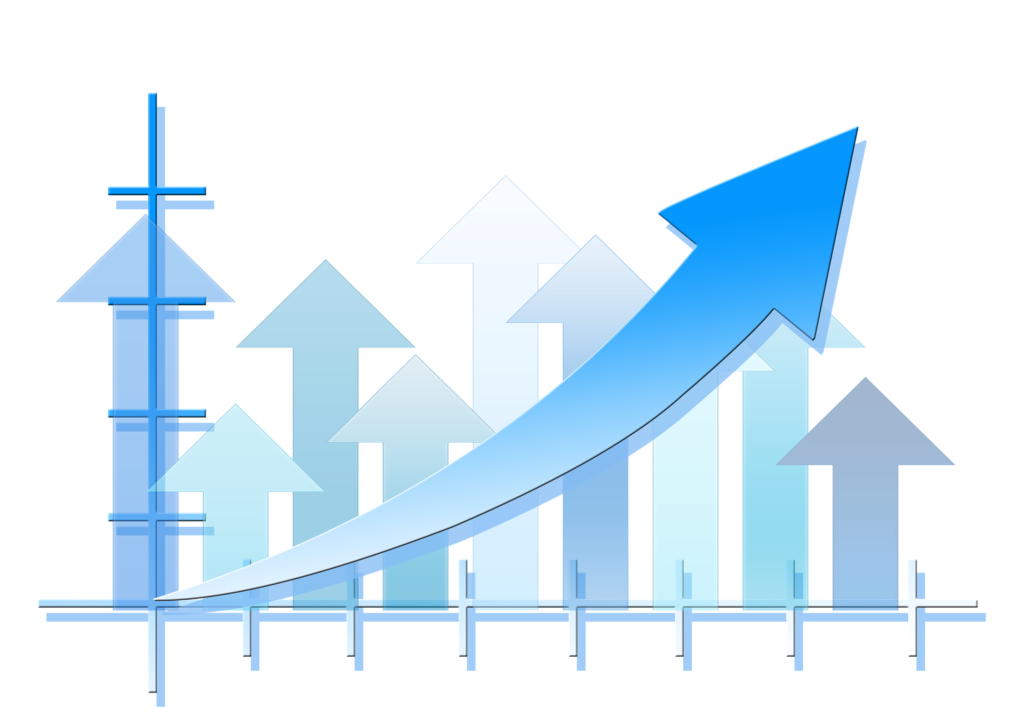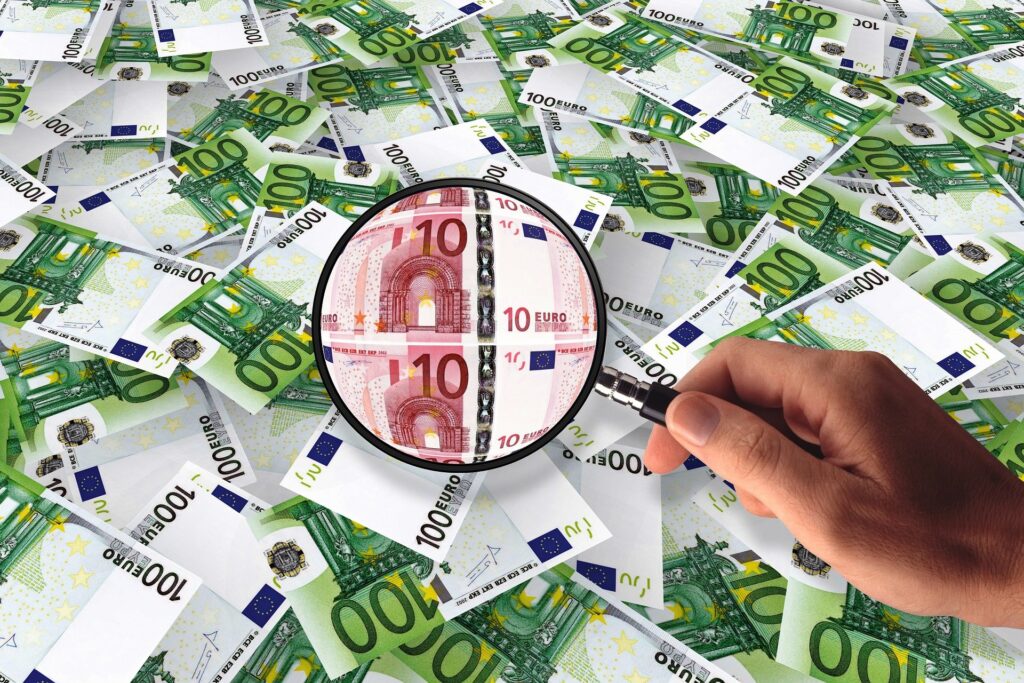Inflation rises again in Switzerland remaining at high levels
The consumer price index (CPI) increased to 104.8 points (December 2020 = 100). Compared to the same month of the previous year, an increase of +3.5% was observed. This is according to the results of the Federal Statistical Office (FSO).

The increase of 0.3% compared to the previous month is attributable to several factors, including the rise in prices of stationary hospital services, social institutions and house rents. By contrast, prices for personal vehicle rental, laboratory analysis and fuel fell.
Record prices for heating
In March 2022, heating oil cost 55% more than in the previous year, but the other energy sources needed to heat a home also saw sharp price increases.
Gas costs 38% more, while firewood has increased by 14%.
So far, only those who use electricity to generate heat (such as a heat pump) have not changed much, with an increase of 2.4%, but large increases are also expected for this energy source from 2023.
Electricity tariffs on the rise in 2023
The Swiss Federal Electricity Commission (ElCom) has announced large increases in electricity prices in Switzerland in 2023, where a typical household will pay 26.95 centimes per kilowatt-hour (ct./kWh) next year, or 5.77 ct/kWh (+27 %) compared to 2022.
By 31 August 2022, the approximately 630 distribution network operators in Switzerland were instructed to notify their customers and ElCom of the electricity tariffs for the coming year. The tariffs consist of network utilisation tariffs, energy tariffs, fees to public authorities and the network surcharge. According to ElCom’s median value calculations, the situation in 2023 looks as follows:
- A typical household with an annual consumption of 4500 kilowatt hours (consumption profile H4) will pay an average of 27 cents per kilowatt hour (ct./kWh) next year, i.e. around 5.8 ct./kWh more than in 2022. The annual bill will therefore be CHF 1,215 (+261).
- The costs for grid usage increase marginally; for a typical household by 7 per cent, from 9.9 ct./kWh to 10.5 ct./kWh. Energy tariffs for households will increase from 7.9 ct./kWh to 13.1 ct./kWh (+ 64 %). Charges to public authorities will increase from 0.9 ct./kWh to 1.0 ct./kWh per household (+ 11 %). The grid surcharge remains unchanged at the legal maximum of 2.3 ct./kWh.
The picture for small and medium-sized enterprises in Switzerland is as follows: grid costs, grid surcharge and energy prices are rising. This means that the median total price increases by 27%.
However, prices vary within Switzerland between network operators, sometimes considerably, which is mainly due to large differences in energy supply (own production quota, supply strategy).
Reasons for tariff increases: sharp price increases on the wholesale market
On the wholesale market, a strong price increase has been observed throughout Europe since mid-2021. The reasons for this are the high gas prices, which have risen tremendously as a result of the war in Ukraine. The sharp increase in coal prices, high CO2 prices and the below-average production capacity of French nuclear power plants had a driving effect on prices.
Since the Swiss electricity market is closely linked to the European market, price increases also affect Switzerland: many electricity supply companies purchase a large part of their electricity on the wholesale market. Due to higher market prices, they now have higher energy procurement costs, which they then pass on to basic supply customers, e.g. households, through higher tariffs.
In addition to the energy tariff, network costs, which also contain components dependent on the electricity price (active losses, system services), will also rise slightly. So-called system services (SDL) are provided by the transmission system operator Swissgrid for short-term system stability. Swissgrid charges the costs of the SDL to the Swiss grid operators, who in turn charge them to their end consumers. Swissgrid has to purchase system services in a market-oriented, non-discriminatory and transparent procedure. Due to their relationship to energy, the tariffs of ancillary services are exposed to price developments on the international electricity markets. The higher prices of ancillary services are therefore a direct consequence of the current situation on the electricity markets.
Publication of tariffs by ElCom
The 2023 tariffs of individual municipalities and distribution network operators can be viewed and compared on ElCom’s electricity tariff website, www.prezzi-elettricita.elcom.admin.ch. In addition, FAQs with further information on tariff increases are available on the website.
The electricity tariff data are supplied by the network operators directly to ElCom, which then publishes them immediately. Responsibility for the quality of the data lies with the network operators. Approximately two percent of the network operators failed to submit the data within the specified deadline. It is therefore not yet possible to consult the new tariffs for the relevant areas. On the basis of their size, however, no changes to these results are to be expected.
The four components of the electricity price
1. Grid utilisation tariff Price for the transport of electricity on the grid from the power station to the consumer. It is determined by the costs of constructing, maintaining and operating the electricity grid.
2. Energy tariff Price of the electricity supplied. This energy is either produced by the grid operator with its own power plants or purchased by it from suppliers.
3. Fees to public bodies Municipal and cantonal taxes and fees. They include, for example, concession fees or local energy taxes.
4. Grid surcharge Federal tax for the promotion of renewable energies, the support of large hydroelectric plants and their ecological rehabilitation. The amount of the fee is set annually by the Federal Council; in 2023 it will presumably amount to 2.3 ct./kWh, as in the previous year, which is the maximum value set by law.

Producer and import price index
In August 2022, the total index of producer and import prices decreased by 0.1% compared to the previous month to 109.6 points (December 2020 = 100). Lower prices were observed in particular for petroleum products as well as for metals and semi-finished metal products; higher for chemical products. Compared to August 2021, the price level of the total supply of indigenous and imported products increased by 5.5%. This is according to the results of the Federal Statistical Office (FSO).
The increase in the producer price index compared to the previous month is mainly attributable to higher prices of basic chemicals and other chemical products. The prices of pharmaceuticals, paints, varnishes, printing inks and synthetic adhesives, glass and glass products, ceramics, stone and earthenware, wood products as well as soaps, detergents, cleaning products, perfumes and cosmetics also rose. Less expensive, however, were metals and semi-finished metal products, pigs for slaughter and pork.
Compared to July 2022, the import price index recorded lower prices especially for petroleum products, metals and semi-finished metal products. Falling prices were also observed for pharmaceuticals, plastic goods, wood products and computers. By contrast, prices for crude oil and natural gas, basic chemicals and other chemical products rose.
Electric power prices rising sharply in Switzerland
Health insurance even more expensive in 2023
The Federal Office of Public Health (FOPH) has announced that premiums for health insurance will rise sharply in 2023 with a 6.6% increase compared to 2022. The sting will be even stronger in Ticino, Appenzell Innerrhoden and Neuchâtel, where increases of up to 9% compared to 2022 will be recorded.
Guide rate increase
The Swiss National Bank further increased the SNB’s key interest rate by 0.75 percentage points to 0.5%.
Declining fuels
In contrast to the steep increases of the past few months, the price of oil has now fallen sharply, thereby also lowering the cost of petrol in Switzerland, which is now around CHF 1.90 per litre.

Eurozone inflation even higher
Inflation in the Eurozone set yet another record, rising from 9.1% in August to 10%. The main reason for double-digit inflation was the rise in energy prices, which reached 40.8%, up from 38.6% in August, a level not seen since the birth of the Economic and Monetary Union.
Fonte: admin.ch





